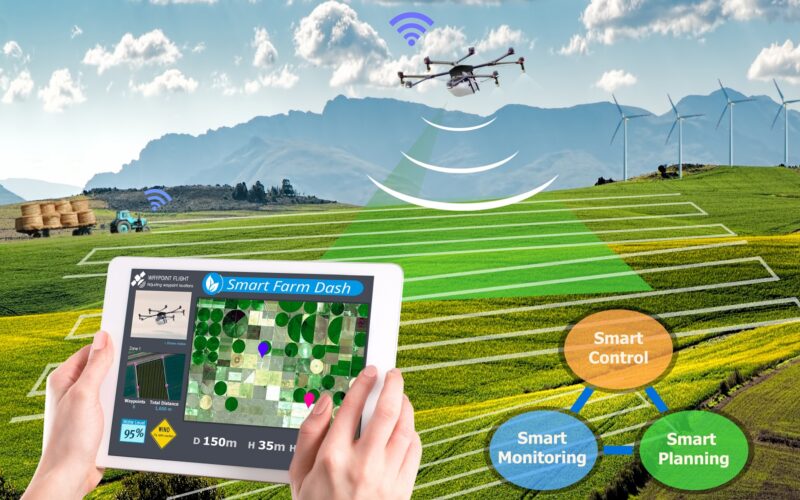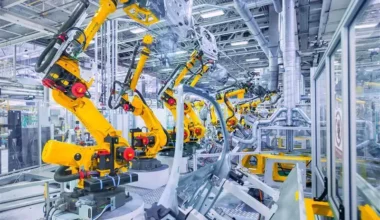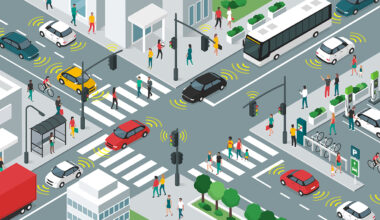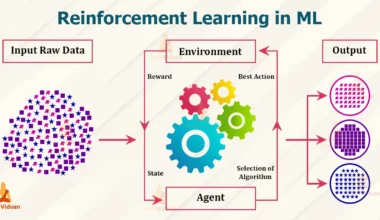Precision agriculture (PA) is the use of information technology and decision support systems to manage agricultural operations more efficiently and sustainably. PA uses a variety of technologies, including geographic information systems (GIS), remote sensing, global positioning systems (GPS), and sensors, to collect and analyze data about the field, the crop, and the environment. This data is then used to make informed decisions about crop management, such as when to plant, how much fertilizer to apply, and how much water to irrigate.
PA has a number of important benefits, including:
- Increased crop yields: PA can help farmers to increase crop yields by up to 20%. This is because PA allows farmers to apply inputs, such as fertilizer and water, more precisely, which leads to more efficient use of resources.
- Improved crop quality: PA can also help to improve crop quality by reducing the incidence of pests and diseases. This is because PA allows farmers to target inputs, such as pesticides, to specific areas of the field where they are needed.
- Reduced environmental impact: PA can help to reduce the environmental impact of agriculture by reducing the use of fertilizers, pesticides, and water. This is because PA allows farmers to apply inputs more precisely, which leads to less runoff and leaching.
- Improved farm profitability: PA can help to improve farm profitability by reducing production costs and increasing yields. This is because PA allows farmers to make better use of their resources and to produce more crops with less input.
In addition to these benefits, PA can also help farmers to:
- Reduce labor costs: PA can help farmers to reduce labor costs by automating some of the tasks involved in crop management, such as scouting for pests and diseases.
- Make better decisions: PA can help farmers to make better decisions about crop management by providing them with access to real-time data about the field, the crop, and the environment.
- Be more responsive to changes: PA can help farmers to be more responsive to changes in the environment, such as changes in weather patterns or pest infestations.
Overall, precision agriculture is a valuable tool that can help farmers to increase crop yields, improve crop quality, reduce the environmental impact of agriculture, and improve farm profitability. As the world’s population continues to grow, PA will become increasingly important in ensuring that we have enough food to feed everyone.
Here are some specific examples of how precision agriculture is being used to improve crop yields and sustainability:
- Variable rate fertilizer application: This technology uses sensors to measure the nutrient content of the soil in different parts of the field. This information is then used to apply fertilizer more precisely, which can help to reduce the amount of fertilizer used and improve crop yields.
- Precision irrigation: This technology uses sensors to measure the moisture content of the soil in different parts of the field. This information is then used to irrigate more precisely, which can help to reduce the amount of water used and improve crop yields.
- Pest and disease management: This technology uses sensors to monitor the presence of pests and diseases in the field. This information is then used to apply pesticides and fungicides more precisely, which can help to reduce the amount of pesticides and fungicides used and improve crop yields.
Precision agriculture is still a relatively new technology, but it is rapidly gaining popularity among farmers around the world. As the technology continues to develop, it is likely to become even more important in the years to come.
Here are some of the challenges that need to be addressed in order to further the adoption of precision agriculture:
- The cost of precision agriculture technology can be prohibitive for some farmers.
- There is a lack of trained professionals who are able to implement precision agriculture practices.
- There is a lack of data sharing standards, which can make it difficult to integrate different precision agriculture technologies.
Despite these challenges, the potential benefits of precision agriculture are significant. As the technology continues to develop and the costs come down, it is likely that precision agriculture will become more widely adopted in the years to come.












